| | + | <html><!--- Please copy this table containing parameters for BBa_ at the end of the parametrs section ahead of the references. ---><style type="text/css">table#AutoAnnotator {border:1px solid black; width:100%; border-collapse:collapse;} th#AutoAnnotatorHeader { border:1px solid black; width:100%; background-color: rgb(221, 221, 221);} td.AutoAnnotator1col { width:100%; border:1px solid black; } span.AutoAnnotatorSequence { font-family:'Courier New', Arial; } td.AutoAnnotatorSeqNum { text-align:right; width:2%; } td.AutoAnnotatorSeqSeq { width:98% } td.AutoAnnotatorSeqFeat1 { width:3% } td.AutoAnnotatorSeqFeat2a { width:27% } td.AutoAnnotatorSeqFeat2b { width:97% } td.AutoAnnotatorSeqFeat3 { width:70% } table.AutoAnnotatorNoBorder { border:0px; width:100%; border-collapse:collapse; } table.AutoAnnotatorWithBorder { border:1px solid black; width:100%; border-collapse:collapse; } td.AutoAnnotatorOuterAmino { border:0px solid black; width:20% } td.AutoAnnotatorInnerAmino { border:1px solid black; width:50% } td.AutoAnnotatorAminoCountingOuter { border:1px solid black; width:40%; } td.AutoAnnotatorBiochemParOuter { border:1px solid black; width:60%; } td.AutoAnnotatorAminoCountingInner1 { width: 7.5% } td.AutoAnnotatorAminoCountingInner2 { width:62.5% } td.AutoAnnotatorAminoCountingInner3 { width:30% } td.AutoAnnotatorBiochemParInner1 { width: 5% } td.AutoAnnotatorBiochemParInner2 { width:55% } td.AutoAnnotatorBiochemParInner3 { width:40% } td.AutoAnnotatorCodonUsage1 { width: 3% } td.AutoAnnotatorCodonUsage2 { width:14.2% } td.AutoAnnotatorCodonUsage3 { width:13.8% } td.AutoAnnotatorAlignment1 { width: 3% } td.AutoAnnotatorAlignment2 { width: 10% } td.AutoAnnotatorAlignment3 { width: 87% } td.AutoAnnotatorLocalizationOuter {border:1px solid black; width:40%} td.AutoAnnotatorGOOuter {border:1px solid black; width:60%} td.AutoAnnotatorLocalization1 { width: 7.5% } td.AutoAnnotatorLocalization2 { width: 22.5% } td.AutoAnnotatorLocalization3 { width: 70% } td.AutoAnnotatorGO1 { width: 5% } td.AutoAnnotatorGO2 { width: 35% } td.AutoAnnotatorGO3 { width: 60% } td.AutoAnnotatorPredFeat1 { width:3% } td.AutoAnnotatorPredFeat2a { width:27% } td.AutoAnnotatorPredFeat3 { width:70% } div.AutoAnnotator_trans { position:absolute; background:rgb(11,140,143); background-color:rgba(11,140,143, 0.8); height:5px; top:100px; } div.AutoAnnotator_sec_helix { position:absolute; background:rgb(102,0,102); background-color:rgba(102,0,102, 0.8); height:5px; top:110px; } div.AutoAnnotator_sec_strand { position:absolute; background:rgb(245,170,26); background-color:rgba(245,170,26, 1); height:5px; top:110px; } div.AutoAnnotator_acc_buried { position:absolute; background:rgb(89,168,15); background-color:rgba(89,168,15, 0.8); height:5px; top:120px; } div.AutoAnnotator_acc_exposed { position:absolute; background:rgb(0, 0, 255); background-color:rgba(0, 0, 255, 0.8); height:5px; top:120px; } div.AutoAnnotator_dis { position:absolute; text-align:center; font-family:Arial,Helvetica,sans-serif; background:rgb(255, 200, 0); background-color:rgba(255, 200, 0, 1); height:16px; width:16px; top:80px; border-radius:50%; } </style><table id="AutoAnnotator"><tr><!-- Time stamp in ms since 1/1/1970 1380755259955 --><th id="AutoAnnotatorHeader" colspan="2">Protein data table for BioBrick <a href="http://parts.igem.org/wiki/index.php?title=Part:BBa_<!------------------------Enter BioBrick number here------------------------>">BBa_<!------------------------Enter BioBrick number here------------------------></a> automatically created by the <a href="https://2013.igem.org/Team:TU-Munich/Results/AutoAnnotator">BioBrick-AutoAnnotator</a> version 1.0</th></tr><tr><td class="AutoAnnotator1col" colspan="2"><strong>Nucleotide sequence</strong> in <strong>RFC 25</strong>, so ATGGCCGGC and ACCGGT were added (in italics) to the 5' and 3' ends: (underlined part encodes the protein)<br><span class="AutoAnnotatorSequence"> <u><i>ATGGCCGGC</i>GGATCCGCG ... GCAAAGAAA<i>ACCGGT</i></u></span><br> <strong>ORF</strong> from nucleotide position -8 to 978 (excluding stop-codon)</td></tr><tr><td class="AutoAnnotator1col" colspan="2"><strong>Amino acid sequence:</strong> (RFC 25 scars in shown in bold, other sequence features underlined; both given below)<br><span class="AutoAnnotatorSequence"><table class="AutoAnnotatorNoBorder"><tr><td class="AutoAnnotatorSeqNum">1 <br>101 <br>201 <br>301 </td><td class="AutoAnnotatorSeqSeq">MAGGSADLDKLNIDSIIQRLLEVRGSKPGKNVQLQENEIRGLCLKSREIFLSQPILLELEAPLKICGDIHGQYYDLLRLFEYGGFPPESNYLFLGDYVDR<br>GKQSLETICLLLAYKIKYPENFFLLRGNHECASINRIYGFYDECKRRYNIKLWKTFTDCFNCLPIAAIVDEKIFCCHGGLSPDLQSMEQIRRIMRPTDVP<br>DQGLLCDLLWSDPDKDVLGWGENDRGVSFTFGAEVVAKFLHKHDLDLICRAHQVVEDGYEFFAKRQLVTLFSAPNYCGEFDNAGAMMSVDETLMCSFQIL<br>KPAEKKKPNATRPVTPPRGMITKQAKKTG*</td></tr></table></span></td></tr><tr><td class="AutoAnnotator1col" colspan="2"><strong>Sequence features:</strong> (with their position in the amino acid sequence, see the <a href="https://2013.igem.org/Team:TU-Munich/Results/Software/FeatureList">list of supported features</a>)<table class="AutoAnnotatorNoBorder"><tr><td class="AutoAnnotatorSeqFeat1"></td><td class="AutoAnnotatorSeqFeat2b">None of the supported features appeared in the sequence</td></tr></table></td></tr><tr><td class="AutoAnnotator1col" colspan="2"><strong>Amino acid composition:</strong><table class="AutoAnnotatorNoBorder"><tr><td class="AutoAnnotatorOuterAmino"><table class="AutoAnnotatorWithBorder"><tr><td class="AutoAnnotatorInnerAmino">Ala (A)</td><td class="AutoAnnotatorInnerAmino">17 (5.2%)</td></tr><tr><td class="AutoAnnotatorInnerAmino">Arg (R)</td><td class="AutoAnnotatorInnerAmino">18 (5.5%)</td></tr><tr><td class="AutoAnnotatorInnerAmino">Asn (N)</td><td class="AutoAnnotatorInnerAmino">13 (4.0%)</td></tr><tr><td class="AutoAnnotatorInnerAmino">Asp (D)</td><td class="AutoAnnotatorInnerAmino">23 (7.0%)</td></tr></table></td><td class="AutoAnnotatorOuterAmino"><table class="AutoAnnotatorWithBorder"><tr><td class="AutoAnnotatorInnerAmino">Cys (C)</td><td class="AutoAnnotatorInnerAmino">13 (4.0%)</td></tr><tr><td class="AutoAnnotatorInnerAmino">Gln (Q)</td><td class="AutoAnnotatorInnerAmino">13 (4.0%)</td></tr><tr><td class="AutoAnnotatorInnerAmino">Glu (E)</td><td class="AutoAnnotatorInnerAmino">21 (6.4%)</td></tr><tr><td class="AutoAnnotatorInnerAmino">Gly (G)</td><td class="AutoAnnotatorInnerAmino">25 (7.6%)</td></tr></table></td><td class="AutoAnnotatorOuterAmino"><table class="AutoAnnotatorWithBorder"><tr><td class="AutoAnnotatorInnerAmino">His (H)</td><td class="AutoAnnotatorInnerAmino">6 (1.8%)</td></tr><tr><td class="AutoAnnotatorInnerAmino">Ile (I)</td><td class="AutoAnnotatorInnerAmino">21 (6.4%)</td></tr><tr><td class="AutoAnnotatorInnerAmino">Leu (L)</td><td class="AutoAnnotatorInnerAmino">39 (11.9%)</td></tr><tr><td class="AutoAnnotatorInnerAmino">Lys (K)</td><td class="AutoAnnotatorInnerAmino">23 (7.0%)</td></tr></table></td><td class="AutoAnnotatorOuterAmino"><table class="AutoAnnotatorWithBorder"><tr><td class="AutoAnnotatorInnerAmino">Met (M)</td><td class="AutoAnnotatorInnerAmino">7 (2.1%)</td></tr><tr><td class="AutoAnnotatorInnerAmino">Phe (F)</td><td class="AutoAnnotatorInnerAmino">18 (5.5%)</td></tr><tr><td class="AutoAnnotatorInnerAmino">Pro (P)</td><td class="AutoAnnotatorInnerAmino">17 (5.2%)</td></tr><tr><td class="AutoAnnotatorInnerAmino">Ser (S)</td><td class="AutoAnnotatorInnerAmino">15 (4.6%)</td></tr></table></td><td class="AutoAnnotatorOuterAmino"><table class="AutoAnnotatorWithBorder"><tr><td class="AutoAnnotatorInnerAmino">Thr (T)</td><td class="AutoAnnotatorInnerAmino">11 (3.3%)</td></tr><tr><td class="AutoAnnotatorInnerAmino">Trp (W)</td><td class="AutoAnnotatorInnerAmino">3 (0.9%)</td></tr><tr><td class="AutoAnnotatorInnerAmino">Tyr (Y)</td><td class="AutoAnnotatorInnerAmino">12 (3.6%)</td></tr><tr><td class="AutoAnnotatorInnerAmino">Val (V)</td><td class="AutoAnnotatorInnerAmino">14 (4.3%)</td></tr></table></td></tr></table></td></tr><tr><td class="AutoAnnotatorAminoCountingOuter"><strong>Amino acid counting</strong><table class="AutoAnnotatorNoBorder"><tr><td class="AutoAnnotatorAminoCountingInner1"></td><td class="AutoAnnotatorAminoCountingInner2">Total number:</td><td class="AutoAnnotatorAminoCountingInner3">329</td></tr><tr><td class="AutoAnnotatorAminoCountingInner1"></td><td class="AutoAnnotatorAminoCountingInner2">Positively charged (Arg+Lys):</td><td class="AutoAnnotatorAminoCountingInner3">41 (12.5%)</td></tr><tr><td class="AutoAnnotatorAminoCountingInner1"></td><td class="AutoAnnotatorAminoCountingInner2">Negatively charged (Asp+Glu):</td><td class="AutoAnnotatorAminoCountingInner3">44 (13.4%)</td></tr><tr><td class="AutoAnnotatorAminoCountingInner1"></td><td class="AutoAnnotatorAminoCountingInner2">Aromatic (Phe+His+Try+Tyr):</td><td class="AutoAnnotatorAminoCountingInner3">39 (11.9%)</td></tr></table></td><td class="AutoAnnotatorBiochemParOuter"><strong>Biochemical parameters</strong><table class="AutoAnnotatorNoBorder"><tr><td class="AutoAnnotatorBiochemParInner1"></td><td class="AutoAnnotatorBiochemParInner2">Atomic composition:</td><td class="AutoAnnotatorBiochemParInner3">C<sub>1678</sub>H<sub>2625</sub>N<sub>447</sub>O<sub>482</sub>S<sub>20</sub></td></tr><tr><td class="AutoAnnotatorBiochemParInner1"></td><td class="AutoAnnotatorBiochemParInner2">Molecular mass [Da]:</td><td class="AutoAnnotatorBiochemParInner3">37414.2</td></tr><tr><td class="AutoAnnotatorBiochemParInner1"></td><td class="AutoAnnotatorBiochemParInner2">Theoretical pI:</td><td class="AutoAnnotatorBiochemParInner3">6.12</td></tr><tr><td class="AutoAnnotatorBiochemParInner1"></td><td class="AutoAnnotatorBiochemParInner2">Extinction coefficient at 280 nm [M<sup>-1</sup> cm<sup>-1</sup>]:</td><td class="AutoAnnotatorBiochemParInner3">34380 / 35193 (all Cys red/ox)</td></tr></table></td></tr><tr><td class="AutoAnnotator1col" colspan="2"><strong>Plot for hydrophobicity, charge, predicted secondary structure, solvent accessability, transmembrane helices and disulfid bridges</strong> <input type='button' id='hydrophobicity_charge_button' onclick='show_or_hide_plot()' value='Show'><span id="hydrophobicity_charge_explanation"></span><div id="hydrophobicity_charge_container" style='display:none'><div id="hydrophobicity_charge_placeholder0" style="width:100%;height:150px"></div><div id="hydrophobicity_charge_placeholder1" style="width:100%;height:150px"></div></div></td></tr><tr><td class="AutoAnnotator1col" colspan="2"><strong>Codon usage</strong><table class="AutoAnnotatorNoBorder"><tr><td class="AutoAnnotatorCodonUsage1"></td><td class="AutoAnnotatorCodonUsage2">Organism:</td><td class="AutoAnnotatorCodonUsage3"><i>E. coli</i></td><td class="AutoAnnotatorCodonUsage3"><i>B. subtilis</i></td><td class="AutoAnnotatorCodonUsage3"><i>S. cerevisiae</i></td><td class="AutoAnnotatorCodonUsage3"><i>A. thaliana</i></td><td class="AutoAnnotatorCodonUsage3"><i>P. patens</i></td><td class="AutoAnnotatorCodonUsage3">Mammals</td></tr><tr><td class="AutoAnnotatorCodonUsage1"></td><td class="AutoAnnotatorCodonUsage2">Codon quality (<a href="http://en.wikipedia.org/wiki/Codon_Adaptation_Index">CAI</a>):</td><td class="AutoAnnotatorCodonUsage3">good (0.70)</td><td class="AutoAnnotatorCodonUsage3">good (0.74)</td><td class="AutoAnnotatorCodonUsage3">good (0.68)</td><td class="AutoAnnotatorCodonUsage3">good (0.77)</td><td class="AutoAnnotatorCodonUsage3">good (0.79)</td><td class="AutoAnnotatorCodonUsage3">good (0.71)</td></tr></table></td></tr><tr><td class="AutoAnnotator1col" colspan="2"><strong>Alignments</strong> (obtained from <a href='http://predictprotein.org'>PredictProtein.org</a>)<table class="AutoAnnotatorNoBorder"><tr><td class="AutoAnnotatorAlignment1"></td><td class="AutoAnnotatorAlignment2">SwissProt:</td><td class="AutoAnnotatorAlignment3"><a href='http://www.uniprot.org/uniprot/P36873'>P36873</a> (100% identity on 322 AAs), <a href='http://www.uniprot.org/uniprot/P36874'>P36874</a> (99% identity on 322 AAs), <a href='http://www.uniprot.org/uniprot/P61287'>P61287</a> (99% identity on 322 AAs), <a href='http://www.uniprot.org/uniprot/P63087'>P63087</a> (99% identity on 322 AAs), <a href='http://www.uniprot.org/uniprot/P63088'>P63088</a> (99% identity on 322 AAs), <a href='http://www.uniprot.org/uniprot/Q6NVU2'>Q6NVU2</a> (99% identity on 322 AAs), <a href='http://www.uniprot.org/uniprot/Q7SZ10'>Q7SZ10</a> (99% identity on 322 AAs), <a href='http://www.uniprot.org/uniprot/Q8MJ46'>Q8MJ46</a> (98% identity on 322 AAs)</td></tr><tr><td class="AutoAnnotatorAlignment1"></td><td class="AutoAnnotatorAlignment2">TrEML:</td><td class="AutoAnnotatorAlignment3"><a href='http://www.uniprot.org/uniprot/F6YKN7'>F6YKN7</a> (100% identity on 322 AAs), <a href='http://www.uniprot.org/uniprot/F7AYW3'>F7AYW3</a> (100% identity on 305 AAs), <a href='http://www.uniprot.org/uniprot/F7GFT6'>F7GFT6</a> (100% identity on 313 AAs), <a href='http://www.uniprot.org/uniprot/F7GFU1'>F7GFU1</a> (100% identity on 322 AAs), <a href='http://www.uniprot.org/uniprot/G3R7N4'>G3R7N4</a> (100% identity on 313 AAs), <a href='http://www.uniprot.org/uniprot/G5AWL7'>G5AWL7</a> (100% identity on 296 AAs), <a href='http://www.uniprot.org/uniprot/G7N5H3'>G7N5H3</a> (100% identity on 296 AAs), <a href='http://www.uniprot.org/uniprot/G7PI87'>G7PI87</a> (100% identity on 296 AAs), <a href='http://www.uniprot.org/uniprot/H2NIN2'>H2NIN2</a> (100% identity on 313 AAs), <a href='http://www.uniprot.org/uniprot/H2Q6V8'>H2Q6V8</a> (100% identity on 313 AAs), <a href='http://www.uniprot.org/uniprot/H9FWE1'>H9FWE1</a> (100% identity on 321 AAs), <a href='http://www.uniprot.org/uniprot/K7A7K5'>K7A7K5</a> (100% identity on 322 AAs), <a href='http://www.uniprot.org/uniprot/L8II42'>L8II42</a> (100% identity on 296 AAs), <a href='http://www.uniprot.org/uniprot/M3WEL4'>M3WEL4</a> (100% identity on 296 AAs), <a href='http://www.uniprot.org/uniprot/Q4R4V0'>Q4R4V0</a> (100% identity on 322 AAs), <a href='http://www.uniprot.org/uniprot/Q9UPN1'>Q9UPN1</a> (100% identity on 293 AAs), <a href='http://www.uniprot.org/uniprot/B5KFI8'>B5KFI8</a> (99% identity on 322 AAs), <a href='http://www.uniprot.org/uniprot/E2QXE0'>E2QXE0</a> (99% identity on 313 AAs), <a href='http://www.uniprot.org/uniprot/F6RHJ7'>F6RHJ7</a> (99% identity on 313 AAs), <a href='http://www.uniprot.org/uniprot/F8VYE8'>F8VYE8</a> (99% identity on 294 AAs), <a href='http://www.uniprot.org/uniprot/F8W0W8'>F8W0W8</a> (99% identity on 307 AAs), <a href='http://www.uniprot.org/uniprot/G1PGF5'>G1PGF5</a> (99% identity on 304 AAs), <a href='http://www.uniprot.org/uniprot/G1Q1V1'>G1Q1V1</a> (99% identity on 305 AAs), <a href='http://www.uniprot.org/uniprot/G1SWW8'>G1SWW8</a> (99% identity on 313 AAs), <a href='http://www.uniprot.org/uniprot/G9KI47'>G9KI47</a> (99% identity on 312 AAs), <a href='http://www.uniprot.org/uniprot/H0V629'>H0V629</a> (99% identity on 322 AAs), <a href='http://www.uniprot.org/uniprot/H3B6N4'>H3B6N4</a> (99% identity on 322 AAs), <a href='http://www.uniprot.org/uniprot/H9G5Z7'>H9G5Z7</a> (99% identity on 305 AAs), <a href='http://www.uniprot.org/uniprot/I3MDJ7'>I3MDJ7</a> (99% identity on 313 AAs), <a href='http://www.uniprot.org/uniprot/J3SCW0'>J3SCW0</a> (99% identity on 314 AAs), <a href='http://www.uniprot.org/uniprot/K7F653'>K7F653</a> (99% identity on 306 AAs), <a href='http://www.uniprot.org/uniprot/K9II86'>K9II86</a> (99% identity on 322 AAs), <a href='http://www.uniprot.org/uniprot/M3XSW6'>M3XSW6</a> (99% identity on 313 AAs), <a href='http://www.uniprot.org/uniprot/Q2EHH7'>Q2EHH7</a> (99% identity on 322 AAs), <a href='http://www.uniprot.org/uniprot/Q3U7K1'>Q3U7K1</a> (99% identity on 322 AAs), <a href='http://www.uniprot.org/uniprot/Q5ZL39'>Q5ZL39</a> (99% identity on 322 AAs), <a href='http://www.uniprot.org/uniprot/Q6AYZ4'>Q6AYZ4</a> (99% identity on 313 AAs), <a href='http://www.uniprot.org/uniprot/Q6ZWM8'>Q6ZWM8</a> (99% identity on 322 AAs), <a href='http://www.uniprot.org/uniprot/F7IJ68'>F7IJ68</a> (98% identity on 275 AAs), <a href='http://www.uniprot.org/uniprot/G1N0K7'>G1N0K7</a> (98% identity on 308 AAs), <a href='http://www.uniprot.org/uniprot/G3WK06'>G3WK06</a> (98% identity on 300 AAs)</td></tr><tr><td class="AutoAnnotatorAlignment1"></td><td class="AutoAnnotatorAlignment2">PDB:</td><td class="AutoAnnotatorAlignment3"><a href='http://www.rcsb.org/pdb/explore/explore.do?structureId=1it6'>1it6</a> (100% identity on 293 AAs), <a href='http://www.rcsb.org/pdb/explore/explore.do?structureId=1jk7'>1jk7</a> (100% identity on 294 AAs), <a href='http://www.rcsb.org/pdb/explore/explore.do?structureId=2bcd'>2bcd</a> (100% identity on 293 AAs), <a href='http://www.rcsb.org/pdb/explore/explore.do?structureId=2bdx'>2bdx</a> (100% identity on 293 AAs), <a href='http://www.rcsb.org/pdb/explore/explore.do?structureId=2o8a'>2o8a</a> (100% identity on 295 AAs), <a href='http://www.rcsb.org/pdb/explore/explore.do?structureId=2o8g'>2o8g</a> (100% identity on 295 AAs), <a href='http://www.rcsb.org/pdb/explore/explore.do?structureId=1u32'>1u32</a> (98% identity on 293 AAs)</td></tr></table></td></tr><tr><th id='AutoAnnotatorHeader' colspan="2"><strong>Predictions</strong> (obtained from <a href='http://predictprotein.org'>PredictProtein.org</a>)</th></tr><tr><td class="AutoAnnotatorLocalizationOuter"><strong>Subcellular Localization</strong> (reliability in brackets)<table class="AutoAnnotatorNoBorder"><tr><td class="AutoAnnotatorLocalization1"></td><td class="AutoAnnotatorLocalization2">Archaea:</td><td class="AutoAnnotatorLocalization3">cytosol (100%)</td></tr><tr><td class="AutoAnnotatorLocalization1"></td><td class="AutoAnnotatorLocalization2">Bacteria:</td><td class="AutoAnnotatorLocalization3">cytosol (89%)</td></tr><tr><td class="AutoAnnotatorLocalization1"></td><td class="AutoAnnotatorLocalization2">Eukarya:</td><td class="AutoAnnotatorLocalization3">cytosol (44%)</td></tr></table></td><td class="AutoAnnotatorGOOuter"><strong>Gene Ontology</strong> (reliability in brackets)<br><table class="AutoAnnotatorNoBorder"><tr><td class='AutoAnnotatorGO1'></td><td class='AutoAnnotatorGO2'>Molecular Function Ontology:</td><td class='AutoAnnotatorGO3'><a href='http://amigo.geneontology.org/cgi-bin/amigo/term_details?term=GO:0005515'>GO:0005515</a> (70%), <a href='http://amigo.geneontology.org/cgi-bin/amigo/term_details?term=GO:0004722'>GO:0004722</a> (70%)</td></tr><tr><td class='AutoAnnotatorGO1'></td><td class='AutoAnnotatorGO2'>Biological Process Ontology:</td><td class='AutoAnnotatorGO3'><a href='http://amigo.geneontology.org/cgi-bin/amigo/term_details?term=GO:0051301'>GO:0051301</a> (28%), <a href='http://amigo.geneontology.org/cgi-bin/amigo/term_details?term=GO:0005977'>GO:0005977</a> (27%)</td></tr><tr><td class='AutoAnnotatorGO1'> </td><td class='AutoAnnotatorGO2'> </td><td class='AutoAnnotatorGO3'> </td></tr></table></td></tr><tr><td class="AutoAnnotator1col" colspan="2"><strong>Predicted features:</strong><table class="AutoAnnotatorNoBorder"><tr><td class="AutoAnnotatorPredFeat1"></td><td class="AutoAnnotatorPredFeat2a">Disulfid bridges:</td><td class="AutoAnnotatorPredFeat3"> - </td></tr><tr><td class="AutoAnnotatorPredFeat1"></td><td class="AutoAnnotatorPredFeat2a">Transmembrane helices:</td><td class="AutoAnnotatorPredFeat3">159 to 176 going outwards</td></tr></table></td></tr><tr><td class="AutoAnnotator1col" colspan="2"> The BioBrick-AutoAnnotator was created by <a href="https://2013.igem.org/Team:TU-Munich">TU-Munich 2013</a> iGEM team. For more information please see the <a href="https://2013.igem.org/Team:TU-Munich/Results/Software">documentation</a>.<br>If you have any questions, comments or suggestions, please leave us a <a href="https://2013.igem.org/Team:TU-Munich/Results/AutoAnnotator">comment</a>.</td></tr></table><br><!-- IMPORTANT: DON'T REMOVE THIS LINE, OTHERWISE NOT SUPPORTED FOR IE BEFORE 9 --><!--[if lte IE 8]><script language="javascript" type="text/javascript" src="excanvas.min.js"></script><![endif]--><script type='text/javascript' src='http://code.jquery.com/jquery-1.10.0.min.js'></script><script type='text/javascript' src='https://2013.igem.org/Team:TU-Munich/Flot.js?action=raw&ctype=text/js'></script><script>var hydrophobicity_datapoints = [[2.5,0.42],[3.5,0.40],[4.5,-0.66],[5.5,0.18],[6.5,-0.44],[7.5,-1.06],[8.5,-0.66],[9.5,-0.66],[10.5,-0.52],[11.5,-0.52],[12.5,0.10],[13.5,0.24],[14.5,1.84],[15.5,0.24],[16.5,0.04],[17.5,0.96],[18.5,0.82],[19.5,-0.78],[20.5,0.76],[21.5,0.76],[22.5,-0.08],[23.5,-1.00],[24.5,-1.08],[25.5,-2.24],[26.5,-1.42],[27.5,-2.12],[28.5,-2.66],[29.5,-1.04],[30.5,-1.42],[31.5,-0.58],[32.5,-0.50],[33.5,-0.50],[34.5,-2.04],[35.5,-2.04],[36.5,-1.90],[37.5,-2.10],[38.5,-1.48],[39.5,-0.02],[40.5,1.18],[41.5,1.04],[42.5,1.16],[43.5,1.08],[44.5,-0.58],[45.5,-1.78],[46.5,-1.64],[47.5,-0.30],[48.5,0.62],[49.5,1.36],[50.5,1.36],[51.5,0.14],[52.5,0.48],[53.5,0.48],[54.5,1.40],[55.5,1.40],[56.5,2.48],[57.5,0.88],[58.5,0.48],[59.5,-0.60],[60.5,0.86],[61.5,-0.68],[62.5,0.92],[63.5,1.06],[64.5,1.30],[65.5,-0.16],[66.5,1.52],[67.5,-0.02],[68.5,-0.60],[69.5,-1.22],[70.5,-0.78],[71.5,-1.94],[72.5,-2.00],[73.5,-1.16],[74.5,0.30],[75.5,-0.34],[76.5,0.68],[77.5,1.94],[78.5,0.48],[79.5,-0.54],[80.5,0.28],[81.5,-0.56],[82.5,-0.56],[83.5,-0.18],[84.5,-0.24],[85.5,-0.86],[86.5,-0.94],[87.5,-2.20],[88.5,-2.14],[89.5,-1.06],[90.5,0.20],[91.5,1.12],[92.5,1.74],[93.5,1.30],[94.5,0.28],[95.5,0.56],[96.5,-0.90],[97.5,-1.72],[98.5,-1.10],[99.5,-1.62],[100.5,-3.16],[101.5,-2.62],[102.5,-0.96],[103.5,-1.58],[104.5,-0.94],[105.5,0.66],[106.5,1.32],[107.5,1.32],[108.5,2.78],[109.5,3.68],[110.5,3.14],[111.5,2.38],[112.5,0.84],[113.5,0.98],[114.5,-0.56],[115.5,-1.18],[116.5,-1.24],[117.5,-1.16],[118.5,-2.76],[119.5,-1.42],[120.5,-0.60],[121.5,0.48],[122.5,1.94],[123.5,1.74],[124.5,1.10],[125.5,-0.16],[126.5,-1.56],[127.5,-3.02],[128.5,-1.62],[129.5,-1.18],[130.5,-0.64],[131.5,0.90],[132.5,0.90],[133.5,-0.50],[134.5,0.04],[135.5,-0.06],[136.5,-1.04],[137.5,0.22],[138.5,0.86],[139.5,-0.74],[140.5,-1.18],[141.5,-0.60],[142.5,-1.94],[143.5,-2.58],[144.5,-2.78],[145.5,-2.34],[146.5,-3.54],[147.5,-1.86],[148.5,-1.74],[149.5,-0.08],[150.5,-0.00],[151.5,-0.08],[152.5,-1.12],[153.5,0.22],[154.5,-0.68],[155.5,-1.20],[156.5,0.08],[157.5,0.78],[158.5,-0.48],[159.5,0.16],[160.5,1.62],[161.5,0.80],[162.5,1.14],[163.5,2.20],[164.5,2.06],[165.5,2.20],[166.5,3.36],[167.5,1.76],[168.5,0.70],[169.5,-0.44],[170.5,-0.44],[171.5,-0.72],[172.5,0.48],[173.5,1.68],[174.5,1.82],[175.5,0.84],[176.5,0.20],[177.5,0.46],[178.5,-0.20],[179.5,0.12],[180.5,-0.50],[181.5,0.34],[182.5,-1.12],[183.5,-1.12],[184.5,-0.42],[185.5,-0.42],[186.5,-1.88],[187.5,-0.28],[188.5,-1.02],[189.5,-2.30],[190.5,-0.70],[191.5,0.38],[192.5,-1.42],[193.5,-0.84],[194.5,-0.08],[195.5,-1.68],[196.5,-1.22],[197.5,-0.64],[198.5,-1.02],[199.5,-1.58],[200.5,-0.96],[201.5,-1.04],[202.5,0.04],[203.5,1.24],[204.5,1.24],[205.5,2.08],[206.5,2.08],[207.5,1.14],[208.5,0.48],[209.5,0.48],[210.5,-0.60],[211.5,-2.06],[212.5,-2.66],[213.5,-3.20],[214.5,-1.66],[215.5,-0.58],[216.5,0.04],[217.5,0.64],[218.5,1.26],[219.5,-0.28],[220.5,-1.74],[221.5,-2.36],[222.5,-3.08],[223.5,-3.08],[224.5,-1.54],[225.5,-1.00],[226.5,0.26],[227.5,1.02],[228.5,1.66],[229.5,0.74],[230.5,1.26],[231.5,0.00],[232.5,0.98],[233.5,1.26],[234.5,1.70],[235.5,0.56],[236.5,1.82],[237.5,1.74],[238.5,0.26],[239.5,-0.88],[240.5,-0.74],[241.5,-2.00],[242.5,-2.00],[243.5,-2.06],[244.5,-0.52],[245.5,1.02],[246.5,2.22],[247.5,0.56],[248.5,1.62],[249.5,0.22],[250.5,-1.38],[251.5,-1.04],[252.5,0.70],[253.5,-0.36],[254.5,-0.42],[255.5,0.20],[256.5,-0.90],[257.5,-2.44],[258.5,-1.18],[259.5,0.08],[260.5,0.52],[261.5,0.00],[262.5,-0.20],[263.5,-1.46],[264.5,-1.26],[265.5,-0.78],[266.5,-0.14],[267.5,1.52],[268.5,2.78],[269.5,1.86],[270.5,1.38],[271.5,1.20],[272.5,-0.26],[273.5,-1.08],[274.5,-0.42],[275.5,-0.86],[276.5,-1.24],[277.5,0.02],[278.5,-0.42],[279.5,-1.62],[280.5,-1.18],[281.5,-0.56],[282.5,-0.76],[283.5,0.32],[284.5,1.40],[285.5,0.88],[286.5,1.80],[287.5,0.74],[288.5,-0.34],[289.5,-0.86],[290.5,0.06],[291.5,-0.40],[292.5,0.80],[293.5,1.34],[294.5,2.04],[295.5,0.58],[296.5,1.10],[297.5,1.36],[298.5,0.74],[299.5,-0.14],[300.5,0.92],[301.5,-0.68],[302.5,-2.22],[303.5,-2.22],[304.5,-2.68],[305.5,-3.36],[306.5,-3.36],[307.5,-2.22],[308.5,-1.58],[309.5,-1.70],[310.5,-1.70],[311.5,-0.16],[312.5,-0.66],[313.5,-0.84],[314.5,-0.26],[315.5,-0.84],[316.5,-1.76],[317.5,-1.24],[318.5,-0.02],[319.5,0.16],[320.5,0.28],[321.5,-0.34],[322.5,-0.36],[323.5,-2.04],[324.5,-2.68],[325.5,-2.04],[326.5,-1.42]];var charge_datapoints = [[2.5,0.00],[3.5,0.00],[4.5,-0.20],[5.5,-0.20],[6.5,-0.40],[7.5,-0.20],[8.5,-0.20],[9.5,0.00],[10.5,0.00],[11.5,0.00],[12.5,-0.20],[13.5,-0.20],[14.5,-0.20],[15.5,-0.20],[16.5,0.20],[17.5,0.20],[18.5,0.20],[19.5,0.00],[20.5,0.00],[21.5,0.00],[22.5,0.00],[23.5,0.00],[24.5,0.40],[25.5,0.40],[26.5,0.20],[27.5,0.40],[28.5,0.40],[29.5,0.20],[30.5,0.20],[31.5,0.20],[32.5,0.00],[33.5,-0.20],[34.5,-0.20],[35.5,-0.40],[36.5,-0.40],[37.5,-0.20],[38.5,0.00],[39.5,0.00],[40.5,0.20],[41.5,0.20],[42.5,0.20],[43.5,0.20],[44.5,0.40],[45.5,0.20],[46.5,0.20],[47.5,0.00],[48.5,0.00],[49.5,-0.20],[50.5,0.00],[51.5,0.00],[52.5,0.00],[53.5,0.00],[54.5,0.00],[55.5,-0.20],[56.5,-0.20],[57.5,-0.40],[58.5,-0.40],[59.5,-0.40],[60.5,-0.20],[61.5,0.00],[62.5,0.20],[63.5,0.20],[64.5,0.20],[65.5,0.00],[66.5,-0.20],[67.5,-0.10],[68.5,-0.10],[69.5,-0.10],[70.5,0.10],[71.5,0.10],[72.5,-0.20],[73.5,-0.20],[74.5,-0.20],[75.5,0.00],[76.5,0.00],[77.5,0.20],[78.5,0.00],[79.5,0.00],[80.5,-0.20],[81.5,-0.20],[82.5,-0.20],[83.5,0.00],[84.5,0.00],[85.5,-0.20],[86.5,-0.20],[87.5,-0.20],[88.5,-0.20],[89.5,-0.20],[90.5,0.00],[91.5,0.00],[92.5,0.00],[93.5,-0.20],[94.5,-0.20],[95.5,-0.20],[96.5,-0.40],[97.5,-0.20],[98.5,0.00],[99.5,0.20],[100.5,0.20],[101.5,0.40],[102.5,0.20],[103.5,0.00],[104.5,-0.20],[105.5,-0.20],[106.5,-0.20],[107.5,-0.20],[108.5,0.00],[109.5,0.00],[110.5,0.00],[111.5,0.00],[112.5,0.20],[113.5,0.20],[114.5,0.40],[115.5,0.40],[116.5,0.40],[117.5,0.00],[118.5,0.00],[119.5,-0.20],[120.5,-0.20],[121.5,-0.20],[122.5,0.00],[123.5,0.20],[124.5,0.20],[125.5,0.20],[126.5,0.30],[127.5,0.10],[128.5,-0.10],[129.5,-0.10],[130.5,-0.10],[131.5,-0.20],[132.5,0.00],[133.5,0.20],[134.5,0.20],[135.5,0.20],[136.5,0.20],[137.5,0.20],[138.5,0.00],[139.5,-0.20],[140.5,-0.40],[141.5,-0.40],[142.5,-0.20],[143.5,0.00],[144.5,0.40],[145.5,0.60],[146.5,0.60],[147.5,0.40],[148.5,0.40],[149.5,0.20],[150.5,0.20],[151.5,0.40],[152.5,0.40],[153.5,0.20],[154.5,0.20],[155.5,0.00],[156.5,-0.20],[157.5,-0.20],[158.5,-0.20],[159.5,-0.20],[160.5,0.00],[161.5,0.00],[162.5,0.00],[163.5,0.00],[164.5,0.00],[165.5,0.00],[166.5,0.00],[167.5,-0.20],[168.5,-0.40],[169.5,-0.20],[170.5,-0.20],[171.5,-0.20],[172.5,0.00],[173.5,0.20],[174.5,0.10],[175.5,0.10],[176.5,0.10],[177.5,0.10],[178.5,0.10],[179.5,0.00],[180.5,-0.20],[181.5,-0.20],[182.5,-0.20],[183.5,-0.20],[184.5,-0.20],[185.5,-0.20],[186.5,-0.20],[187.5,-0.20],[188.5,0.00],[189.5,0.20],[190.5,0.40],[191.5,0.40],[192.5,0.60],[193.5,0.40],[194.5,0.20],[195.5,0.00],[196.5,0.00],[197.5,-0.20],[198.5,-0.40],[199.5,-0.40],[200.5,-0.20],[201.5,-0.20],[202.5,-0.20],[203.5,0.00],[204.5,-0.20],[205.5,-0.20],[206.5,-0.20],[207.5,-0.20],[208.5,-0.20],[209.5,-0.20],[210.5,-0.20],[211.5,-0.40],[212.5,-0.20],[213.5,-0.40],[214.5,-0.20],[215.5,-0.20],[216.5,0.00],[217.5,-0.20],[218.5,0.00],[219.5,-0.20],[220.5,-0.20],[221.5,-0.40],[222.5,-0.20],[223.5,-0.20],[224.5,0.00],[225.5,0.00],[226.5,0.20],[227.5,0.00],[228.5,0.00],[229.5,0.00],[230.5,0.00],[231.5,-0.20],[232.5,-0.20],[233.5,-0.20],[234.5,-0.20],[235.5,0.00],[236.5,0.20],[237.5,0.20],[238.5,0.30],[239.5,0.50],[240.5,0.40],[241.5,0.20],[242.5,0.20],[243.5,-0.10],[244.5,-0.30],[245.5,-0.40],[246.5,-0.20],[247.5,0.00],[248.5,0.20],[249.5,0.30],[250.5,0.30],[251.5,0.30],[252.5,0.10],[253.5,-0.10],[254.5,-0.40],[255.5,-0.40],[256.5,-0.40],[257.5,-0.60],[258.5,-0.40],[259.5,-0.20],[260.5,-0.20],[261.5,-0.00],[262.5,0.40],[263.5,0.40],[264.5,0.40],[265.5,0.40],[266.5,0.20],[267.5,-0.00],[268.5,-0.00],[269.5,-0.00],[270.5,-0.00],[271.5,-0.00],[272.5,-0.00],[273.5,-0.00],[274.5,-0.00],[275.5,-0.00],[276.5,-0.20],[277.5,-0.20],[278.5,-0.40],[279.5,-0.40],[280.5,-0.40],[281.5,-0.20],[282.5,-0.20],[283.5,-0.00],[284.5,-0.00],[285.5,-0.00],[286.5,-0.00],[287.5,-0.20],[288.5,-0.40],[289.5,-0.40],[290.5,-0.40],[291.5,-0.40],[292.5,-0.20],[293.5,-0.00],[294.5,-0.00],[295.5,-0.00],[296.5,-0.00],[297.5,-0.00],[298.5,0.20],[299.5,0.20],[300.5,0.20],[301.5,-0.00],[302.5,0.20],[303.5,0.20],[304.5,0.40],[305.5,0.40],[306.5,0.60],[307.5,0.40],[308.5,0.20],[309.5,0.20],[310.5,0.20],[311.5,0.20],[312.5,0.20],[313.5,0.20],[314.5,-0.00],[315.5,0.20],[316.5,0.20],[317.5,0.20],[318.5,0.20],[319.5,0.20],[320.5,0.20],[321.5,0.20],[322.5,0.20],[323.5,0.40],[324.5,0.60],[325.5,0.40],[326.5,0.40]];var dis_datapoints = [];var trans_datapoints = [[159,176,'outwards']];var sec_helix_datapoints = [[13,25],[36,51],[72,82],[104,116],[131,137],[141,148],[150,161],[187,193],[233,242],[250,256]];var sec_strand_datapoints = [[56,59],[63,67],[90,94],[122,126],[166,169],[173,177],[205,210],[228,230],[248,249],[259,262],[267,272],[284,289],[295,300]];var acc_exposed_datapoints = [[1,7],[9,10],[14,15],[18,18],[22,22],[25,31],[33,33],[35,37],[41,41],[44,44],[48,48],[51,52],[54,54],[60,60],[62,62],[81,81],[83,84],[87,88],[102,102],[117,117],[119,120],[136,136],[142,142],[146,147],[149,149],[151,151],[154,154],[158,158],[161,161],[170,170],[183,183],[185,185],[188,188],[191,192],[195,198],[200,200],[201,202],[214,216],[218,219],[222,222],[224,224],[234,234],[238,238],[241,242],[244,244],[246,246],[256,257],[260,260],[264,265],[281,281],[291,292],[304,313],[317,319],[322,329]];var acc_buried_datapoints = [[13,13],[16,17],[20,21],[34,34],[39,39],[42,43],[46,46],[50,50],[56,57],[59,59],[61,61],[63,63],[65,74],[76,77],[79,80],[91,99],[101,101],[104,114],[116,116],[122,129],[134,134],[137,138],[140,140],[144,144],[148,148],[152,153],[156,156],[159,160],[163,169],[173,181],[184,184],[187,187],[190,190],[204,211],[213,213],[226,232],[235,236],[239,240],[245,245],[247,252],[254,255],[258,259],[262,262],[267,277],[282,282],[284,287],[289,289],[293,293],[295,295],[297,297],[299,300]];var flot_plot_options = []; flot_plot_options[0] = {grid: {borderWidth: {top: 0,right: 0,bottom: 0,left: 0}},legend: {show: false},xaxes: [{show: true,min: 0,max: 200,ticks: [[0.5, '1'], [24.5, '25'], [49.5, '50'], [74.5, '75'], [99.5, '100'], [124.5, '125'], [149.5, '150'], [174.5, '175'], [199.5, '200']],tickLength: -5}],yaxes: [{show: true,ticks: [[0, '0'], [4.5,'hydro-<br>phobic '], [-4.5,'hydro-<br>philic ']],min: -4.5,max: +4.5,font: {size: 12,lineHeight: 14,style: 'italic',weight: 'bold',family: 'sans-serif',variant: 'small-caps',color: 'rgba(100,149,237,1)'}},{show: true,ticks: [[0, ''], [1,'positive<br> charge'], [-1,'negative<br> charge']],position: 'right',min: -1,max: 1,font: {size: 12,lineHeight: 14,style: 'italic',weight: 'bold',family: 'sans-serif',variant: 'small-caps',color: 'rgba(255,99,71,1)'}}]};var number_of_plots = 2;for ( plot_num = 1 ; plot_num < number_of_plots ; plot_num ++){flot_plot_options[plot_num] = $.extend(true, {} ,flot_plot_options[0]);flot_plot_options[plot_num].xaxes = [{min: plot_num*200,max: (plot_num + 1)*200,ticks: [ [plot_num*200 + 0.5, (plot_num*200 + 1).toString()], [plot_num*200 + 24.5, (plot_num*200 + 25).toString()], [plot_num*200 + 49.5, (plot_num*200 + 50).toString()], [plot_num*200 + 74.5, (plot_num*200 + 75).toString()], [plot_num*200 + 99.5, (plot_num*200 + 100).toString()], [plot_num*200 + 124.5, (plot_num*200 + 125).toString()], [plot_num*200 + 149.5, (plot_num*200 + 150).toString()], [plot_num*200 + 174.5, (plot_num*200 + 175).toString()], [plot_num*200 + 199.5, (plot_num*200 + 200).toString()] ],tickLength: -5}];};function show_or_hide_plot(){try {if( $('#hydrophobicity_charge_button').val() =='Show' ){$('#hydrophobicity_charge_container').css('display','block');$('#hydrophobicity_charge_button').val('Hide');var description_html = '<div id=\'AutoAnnotator_plot_selectors\'>';description_html = description_html + '<br> <input type=\'checkbox\' id=\'hydrophobicity_checkbox\' checked=\'checked\'> Moving average over 5 amino acids for hydrophobicity (<img src=\'https://static.igem.org/mediawiki/2013/e/e9/TUM13_hydrophobicity_icon.png\' alt=\'blue graph\' height=\'10\'></img>)';description_html = description_html + '<br> <input type=\'checkbox\' id=\'charge_checkbox\' checked=\'checked\'> Moving average over 5 amino acids for charge (<img src=\'https://static.igem.org/mediawiki/2013/3/3e/TUM13_charge_icon.png\' alt=\'red graph\' height=\'10\'></img>)';description_html = description_html + '<br> <input type=\'checkbox\' id=\'dis_checkbox\' checked=\'checked\'> Predicted disulfid bridges (<img src=\'https://static.igem.org/mediawiki/2013/2/28/TUM13_dis_icon.png\' alt=\'yellow circle\' height=\'10\'></img>) with the number of the bridge in the center';description_html = description_html + '<br> <input type=\'checkbox\' id=\'trans_checkbox\' checked=\'checked\'> Predicted transmembrane helices (<img src=\'https://static.igem.org/mediawiki/2013/7/78/TUM13_trans_icon.png\' alt=\'turquois bars\' height=\'10\'></img>)';description_html = description_html + '<br> <input type=\'checkbox\' id=\'sec_checkbox\' checked=\'checked\'> Predicted secondary structure: Helices (<img src=\'https://static.igem.org/mediawiki/2013/b/bf/TUM13_helix_icon.png\' alt=\'violet bars\' height=\'10\'></img>) and beta-strands (<img src=\'https://static.igem.org/mediawiki/2013/b/bf/TUM13_strand_icon.png\' alt=\'yellow bars\' height=\'10\'></img>)';description_html = description_html + '<br> <input type=\'checkbox\' id=\'acc_checkbox\' checked=\'checked\'> Predicted solvent accessability: Exposed (<img src=\'https://static.igem.org/mediawiki/2013/1/16/TUM13_exposed_icon.png\' alt=\'blue bars\' height=\'10\'></img>) and buried (<img src=\'https://static.igem.org/mediawiki/2013/0/0b/TUM13_buried_icon.png\' alt=\'green bars\' height=\'10\'></img>) residues';description_html = description_html + '<br></div>';$('#hydrophobicity_charge_explanation').html(description_html);plot_according_to_selectors();$('#AutoAnnotator_plot_selectors').find('input').click(plot_according_to_selectors);}else{$('#hydrophobicity_charge_container').css('display','none');$('#hydrophobicity_charge_button').val('Show');$('#hydrophobicity_charge_explanation').html('');}}catch(err){txt='There was an error with the button controlling the visibility of the plot.\n';txt=txt+'The originating error is:\n' + err + '\n\n';alert(txt);}};function plot_according_to_selectors(){try{var plot_datasets = [[],[]];if($('#hydrophobicity_checkbox').prop('checked') == true){plot_datasets[0] = { color: 'rgba(100,149,237,1)',data: hydrophobicity_datapoints,label: 'Hydrophobicity',lines: { show: true, fill: true, fillColor: 'rgba(100,149,237,0.1)' },yaxis: 1};}if($('#charge_checkbox').prop('checked') == true){plot_datasets[1] = {color: 'rgba(255,99,71,1)',data: charge_datapoints,label: 'Charge',lines: { show: true, fill: true, fillColor: 'rgba(255,99,71,0.1)' },yaxis: 2};}for (plot_num = 0 ; plot_num < number_of_plots ; plot_num ++){$.plot('#hydrophobicity_charge_placeholder'+ plot_num.toString(), plot_datasets, flot_plot_options[plot_num] );}var screen_width = $('canvas.flot-base').width(); var pos_of_first_tick = 46;var pos_of_last_tick = screen_width - 51;var tick_diff = (screen_width - 97)/199;if($('#dis_checkbox').prop('checked') == true){for ( j = 0 ; j < dis_datapoints.length ; j++ ){$('#hydrophobicity_charge_placeholder' + Math.floor((dis_datapoints[j][0] - 1)/200) ).append('<div class=\'AutoAnnotator_dis\' style=\'left:' + ((pos_of_first_tick - 8 + (dis_datapoints[j][0] - 1)*tick_diff - Math.floor((dis_datapoints[j][0] - 1)/200)*200*tick_diff).toFixed(0)).toString() + 'px;\'><b>' + (j+1) + '</b></div>');$('#hydrophobicity_charge_placeholder' + Math.floor((dis_datapoints[j][1] - 1)/200) ).append('<div class=\'AutoAnnotator_dis\' style=\'left:' + ((pos_of_first_tick - 8 + (dis_datapoints[j][1] - 1)*tick_diff - Math.floor((dis_datapoints[j][1] - 1)/200)*200*tick_diff).toFixed(0)).toString() + 'px;\'><b>' + (j+1) + '</b></div>');}}if($('#trans_checkbox').prop('checked') == true){for ( j = 0 ; j < trans_datapoints.length ; j++ ){$('#hydrophobicity_charge_placeholder' + Math.floor((trans_datapoints[j][0] - 1)/200) ).append('<div class=\'AutoAnnotator_trans\' style=\'width:' + (((trans_datapoints[j][1] - trans_datapoints[j][0] + 1)*tick_diff).toFixed(0)).toString() + 'px ;left:' + ((pos_of_first_tick + (trans_datapoints[j][0] - 1.5)*tick_diff - Math.floor((trans_datapoints[j][0] - 1)/200)*200*tick_diff).toFixed(0)).toString() + 'px\'></div>');}}if($('#sec_checkbox').prop('checked') == true){for ( j = 0 ; j < sec_helix_datapoints.length ; j++ ){$('#hydrophobicity_charge_placeholder' + Math.floor((sec_helix_datapoints[j][0] - 1)/200) ).append('<div class=\'AutoAnnotator_sec_helix\' style=\'width:' + (((sec_helix_datapoints[j][1] - sec_helix_datapoints[j][0] + 1)*tick_diff).toFixed(0)).toString() + 'px; left:' + ((pos_of_first_tick + (sec_helix_datapoints[j][0] - 1.5)*tick_diff - Math.floor((sec_helix_datapoints[j][0] - 1)/200)*200*tick_diff).toFixed(0)).toString() + 'px\'></div>');}for ( j = 0 ; j < sec_strand_datapoints.length ; j++ ){$('#hydrophobicity_charge_placeholder' + Math.floor((sec_strand_datapoints[j][0] - 1)/200) ).append('<div class=\'AutoAnnotator_sec_strand\' style=\'width:' + (((sec_strand_datapoints[j][1] - sec_strand_datapoints[j][0] + 1)*tick_diff).toFixed(0)).toString() + 'px; left:' + ((pos_of_first_tick + (sec_strand_datapoints[j][0] - 1.5)*tick_diff - Math.floor((sec_strand_datapoints[j][0] - 1)/200)*200*tick_diff).toFixed(0)).toString() + 'px\'></div>');}}if($('#acc_checkbox').prop('checked') == true){for ( j = 0 ; j < acc_buried_datapoints.length ; j++ ){$('#hydrophobicity_charge_placeholder' + Math.floor((acc_buried_datapoints[j][0] - 1)/200) ).append('<div class=\'AutoAnnotator_acc_buried\' style=\'width:' + (((acc_buried_datapoints[j][1] - acc_buried_datapoints[j][0] + 1)*tick_diff).toFixed(0)).toString() + 'px; left:' + ((pos_of_first_tick + (acc_buried_datapoints[j][0] - 1.5)*tick_diff - Math.floor((acc_buried_datapoints[j][0] - 1)/200)*200*tick_diff).toFixed(0)).toString() + 'px\'></div>');}for ( j = 0 ; j < acc_exposed_datapoints.length ; j++ ){$('#hydrophobicity_charge_placeholder' + Math.floor((acc_exposed_datapoints[j][0] - 1)/200) ).append('<div class=\'AutoAnnotator_acc_exposed\' style=\'width:' + (((acc_exposed_datapoints[j][1] - acc_exposed_datapoints[j][0] + 1)*tick_diff).toFixed(0)).toString() + 'px; left:' + ((pos_of_first_tick + (acc_exposed_datapoints[j][0] - 1.5)*tick_diff - Math.floor((acc_exposed_datapoints[j][0] - 1)/200)*200*tick_diff).toFixed(0)).toString() + 'px\'></div>');}}}catch(err){txt='There was an error while drawing the selected elements for the plot.\n';txt=txt+'The originating error is:\n' + err + '\n\n';throw(txt);}}</script></html> |
 "
"



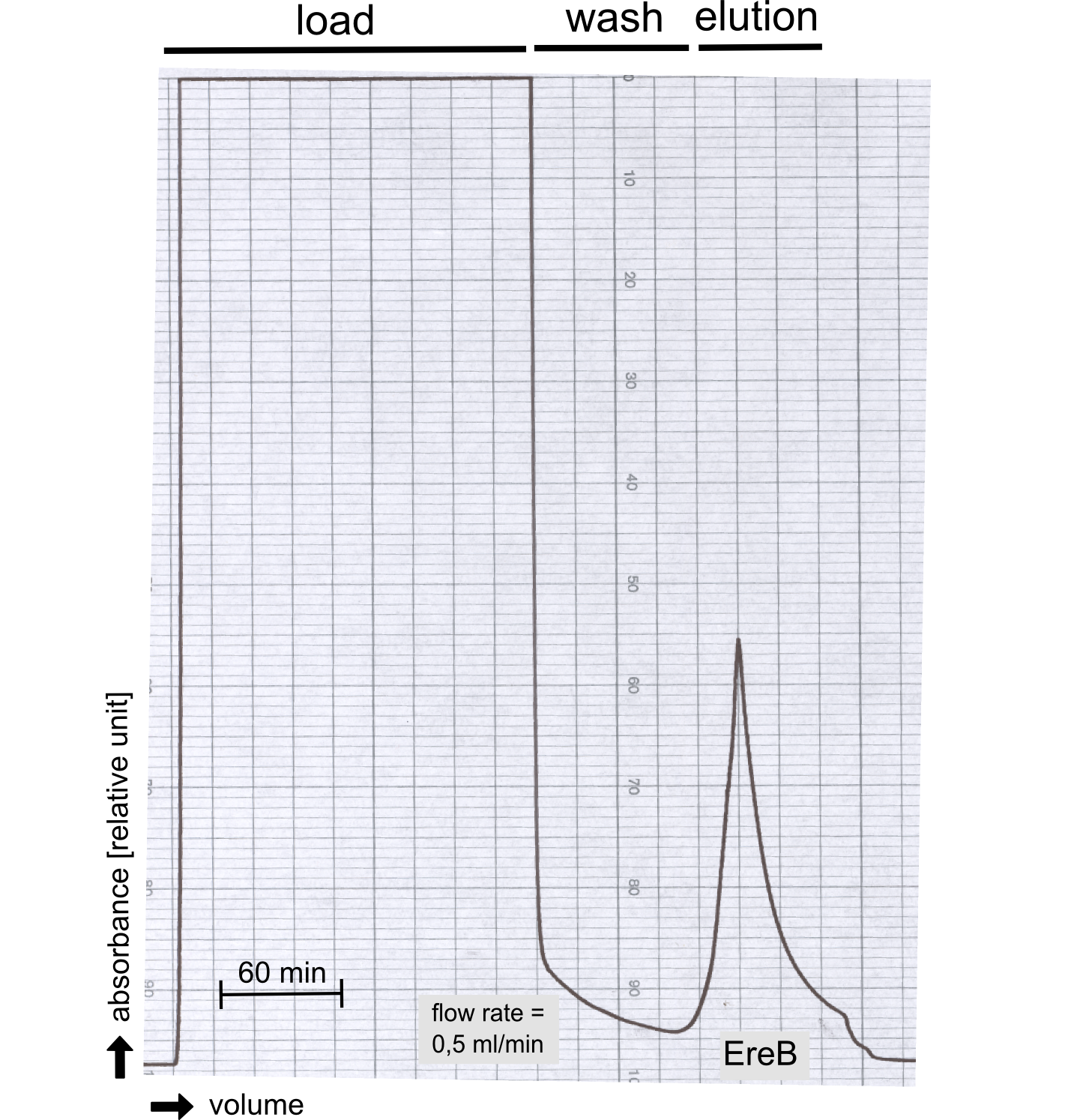
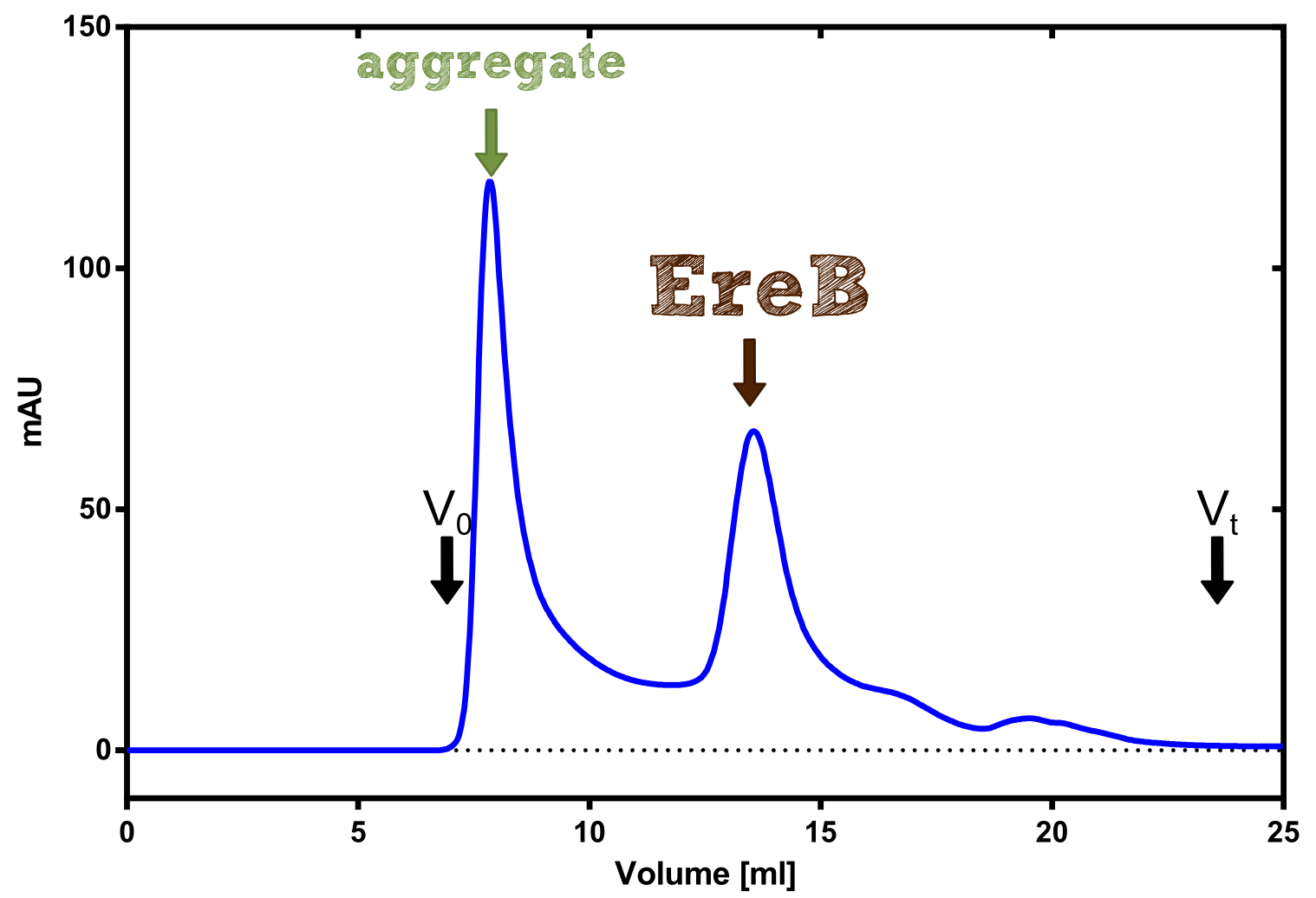
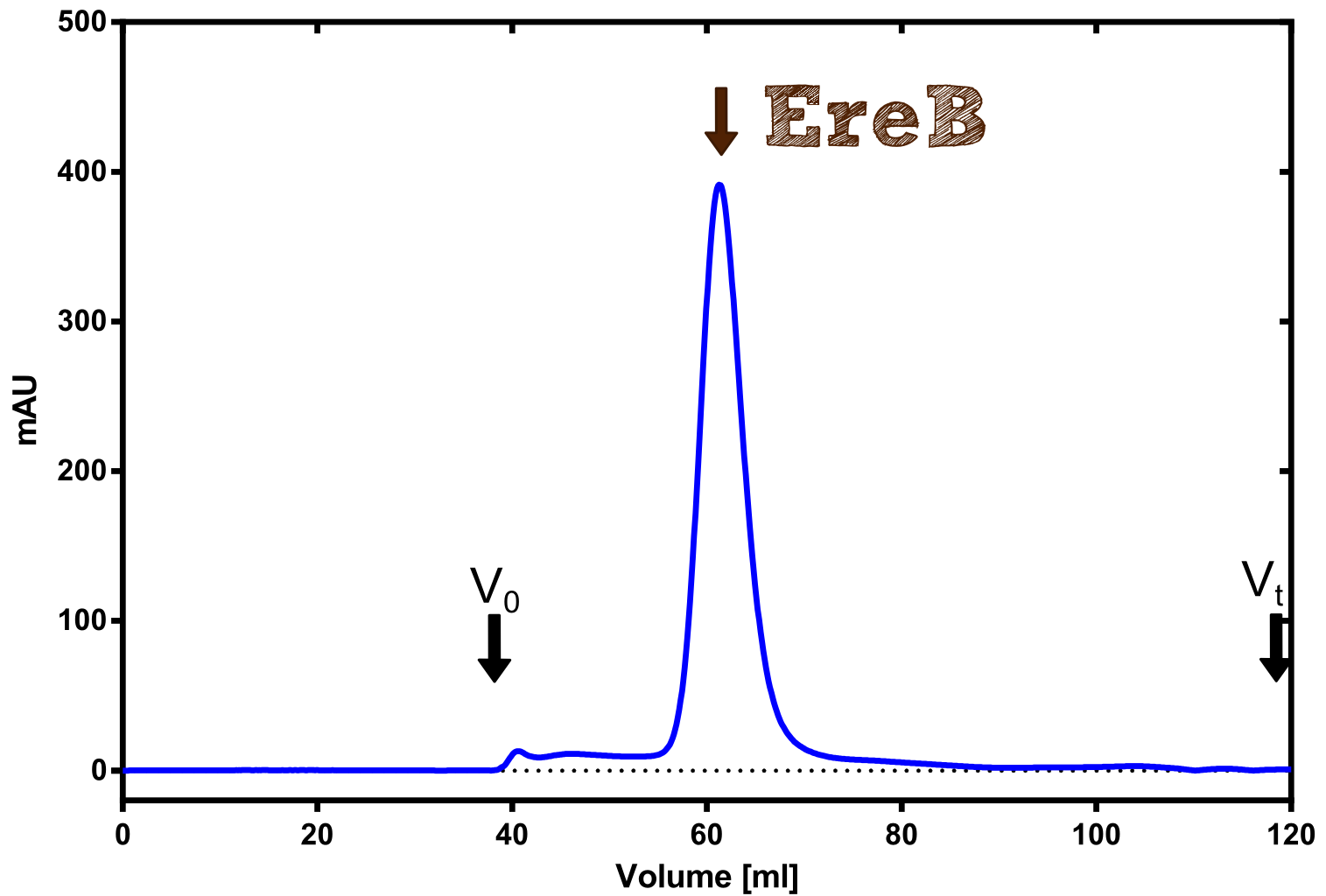

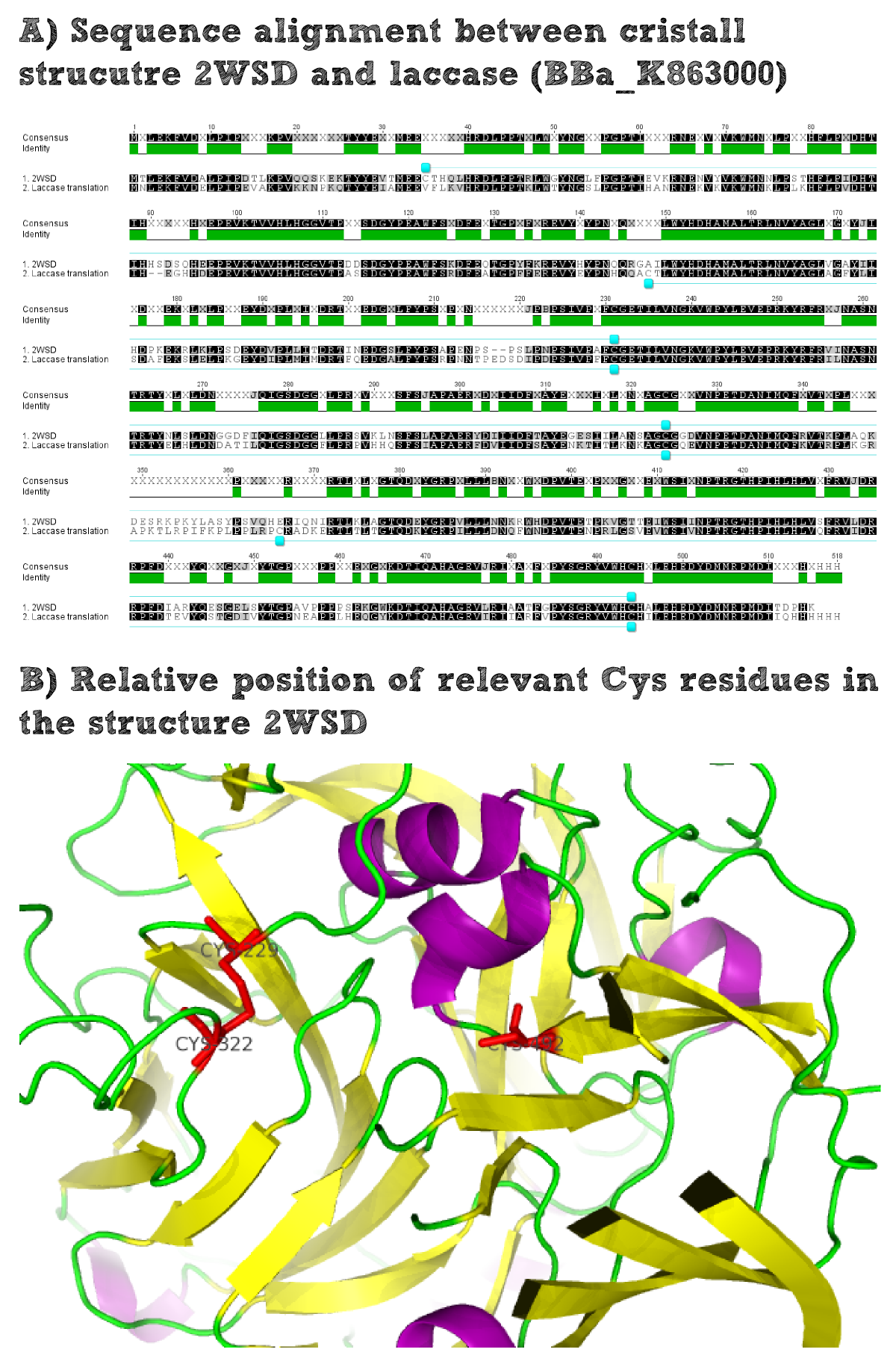

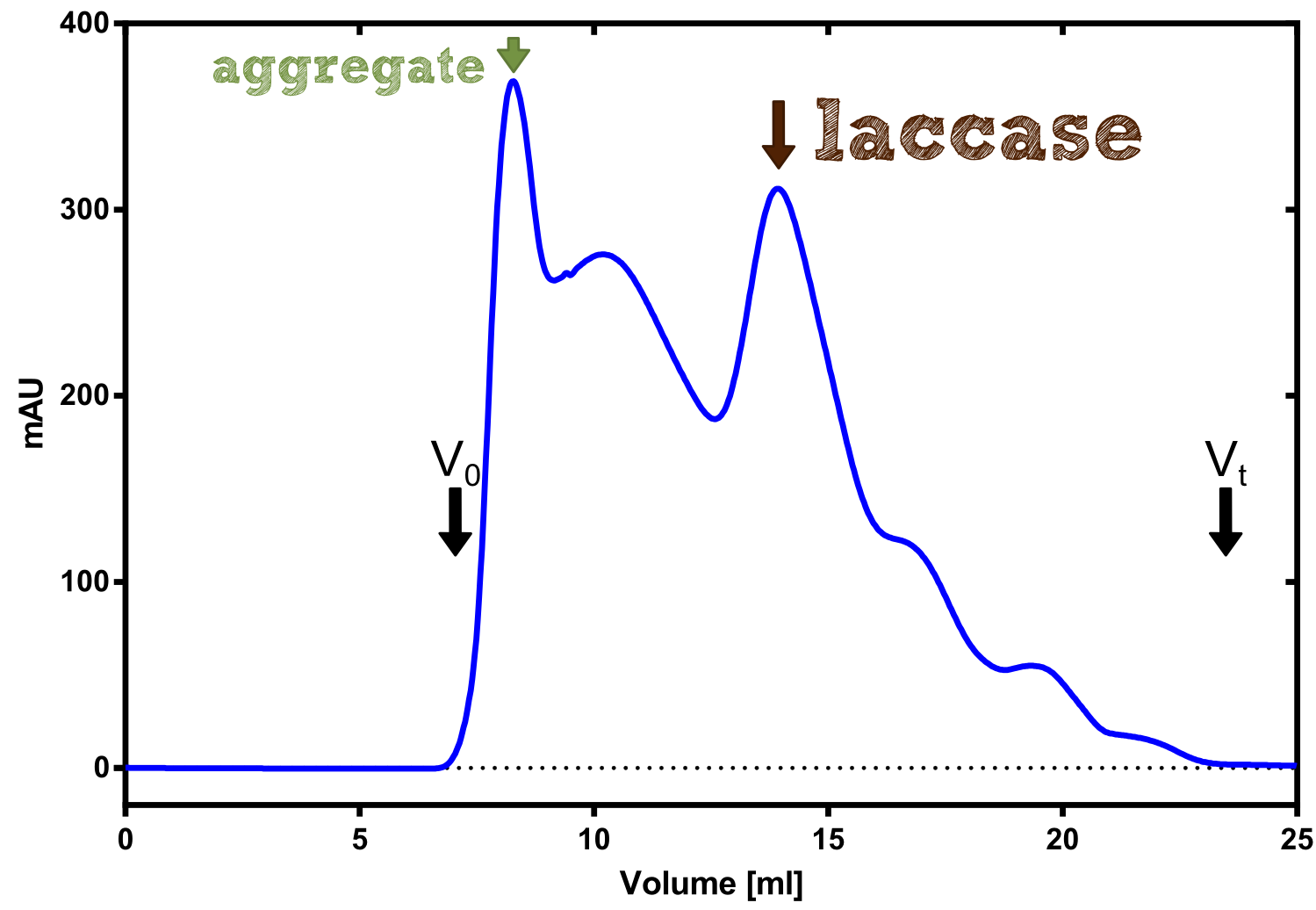
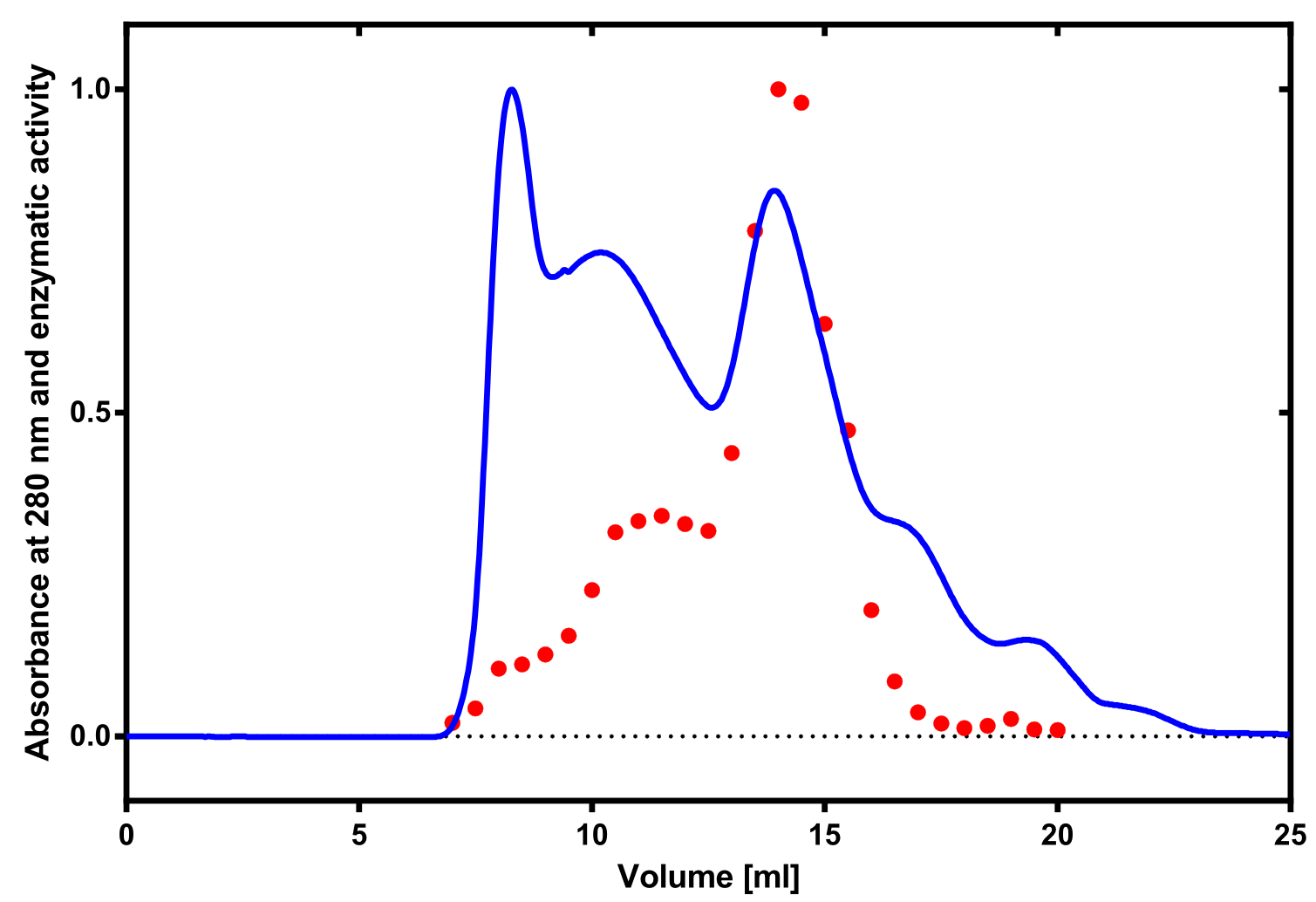


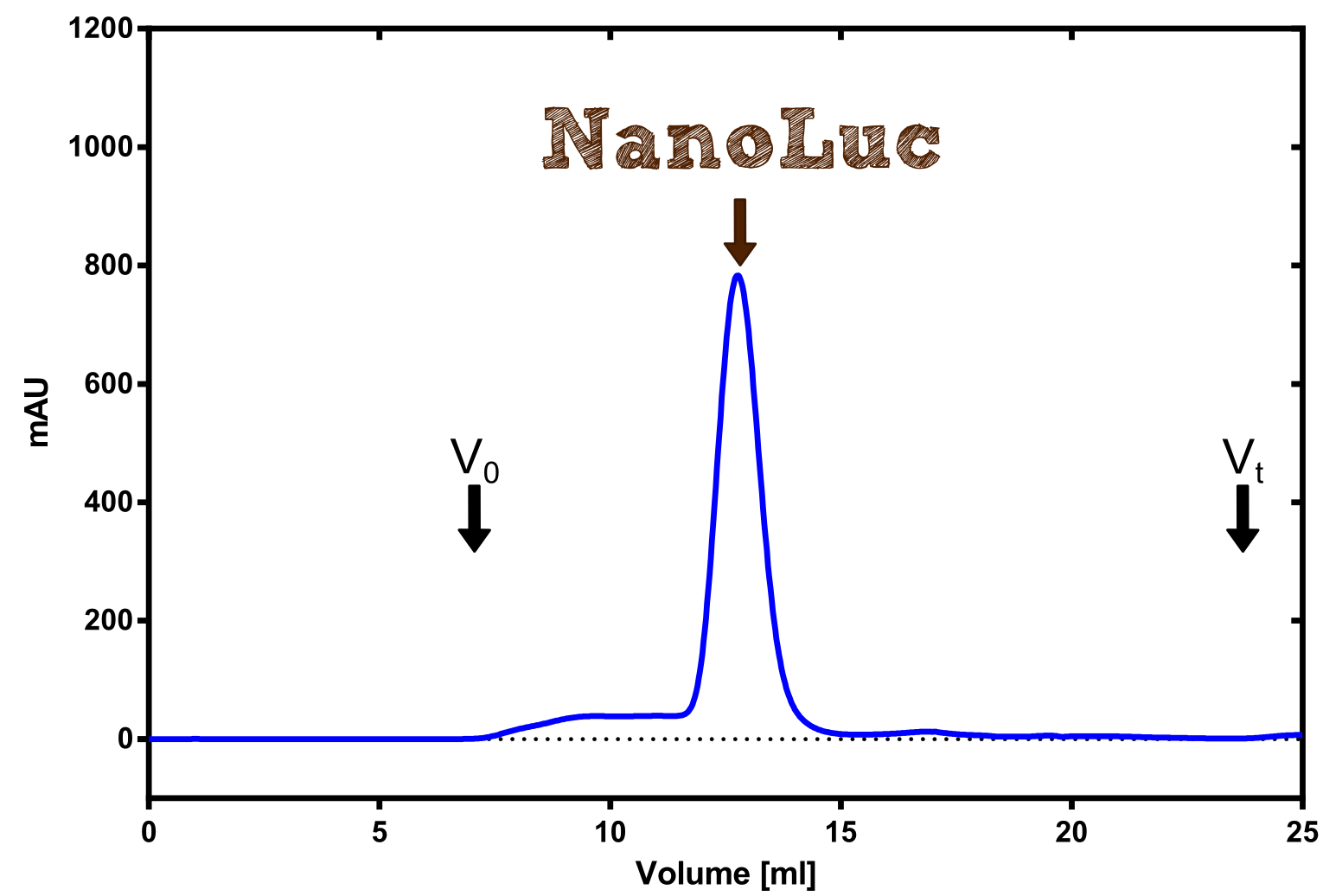
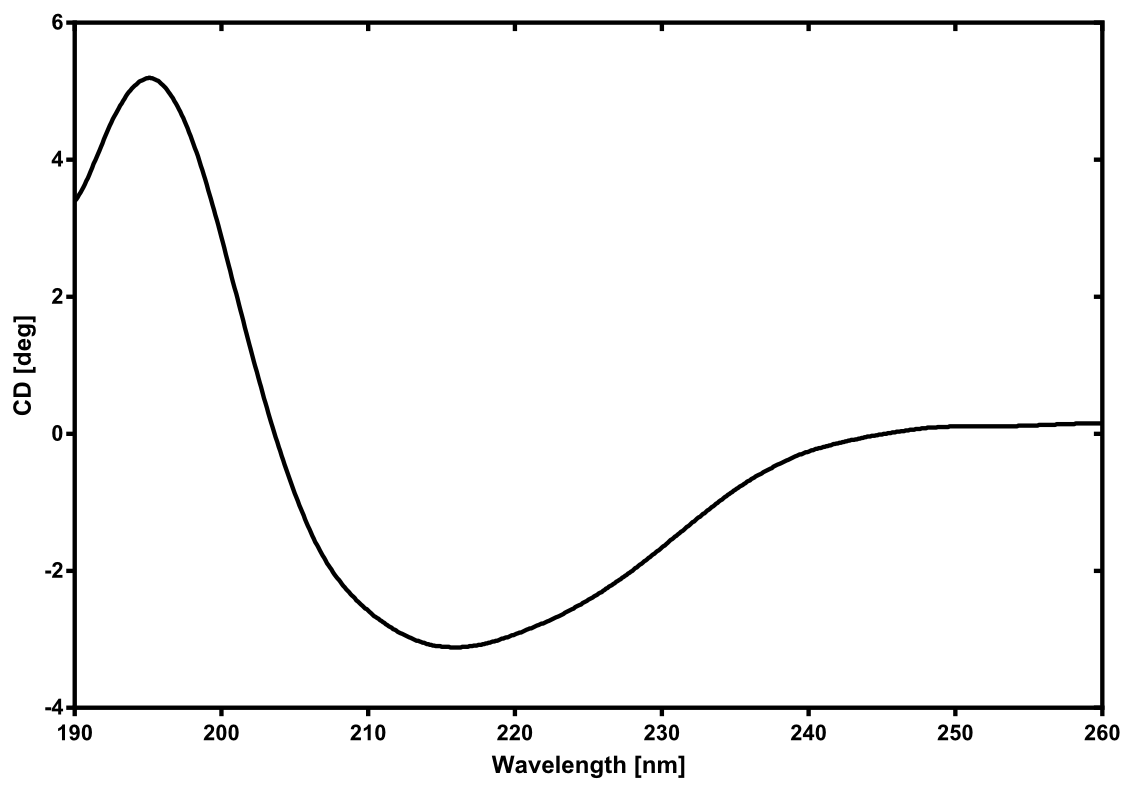

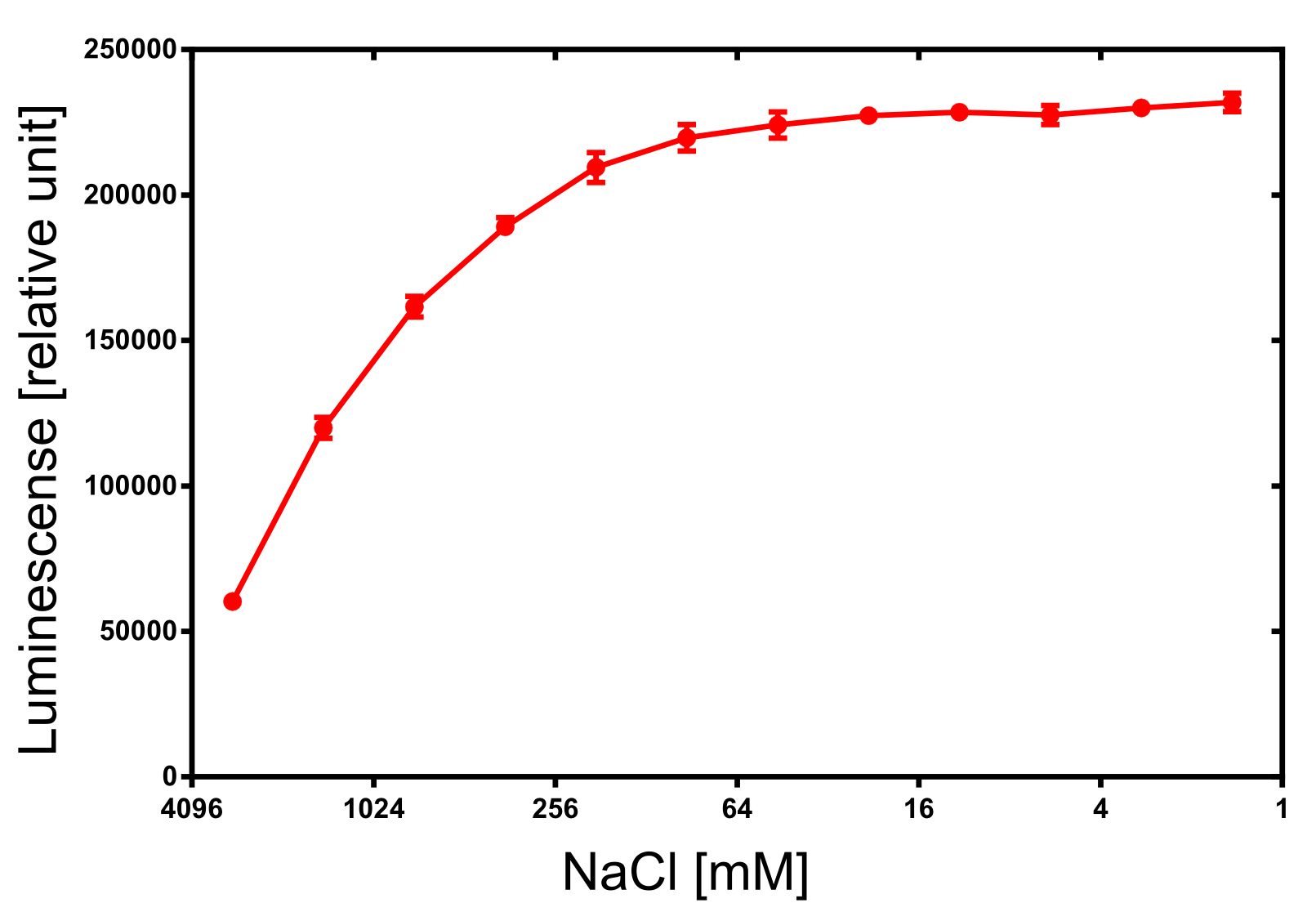
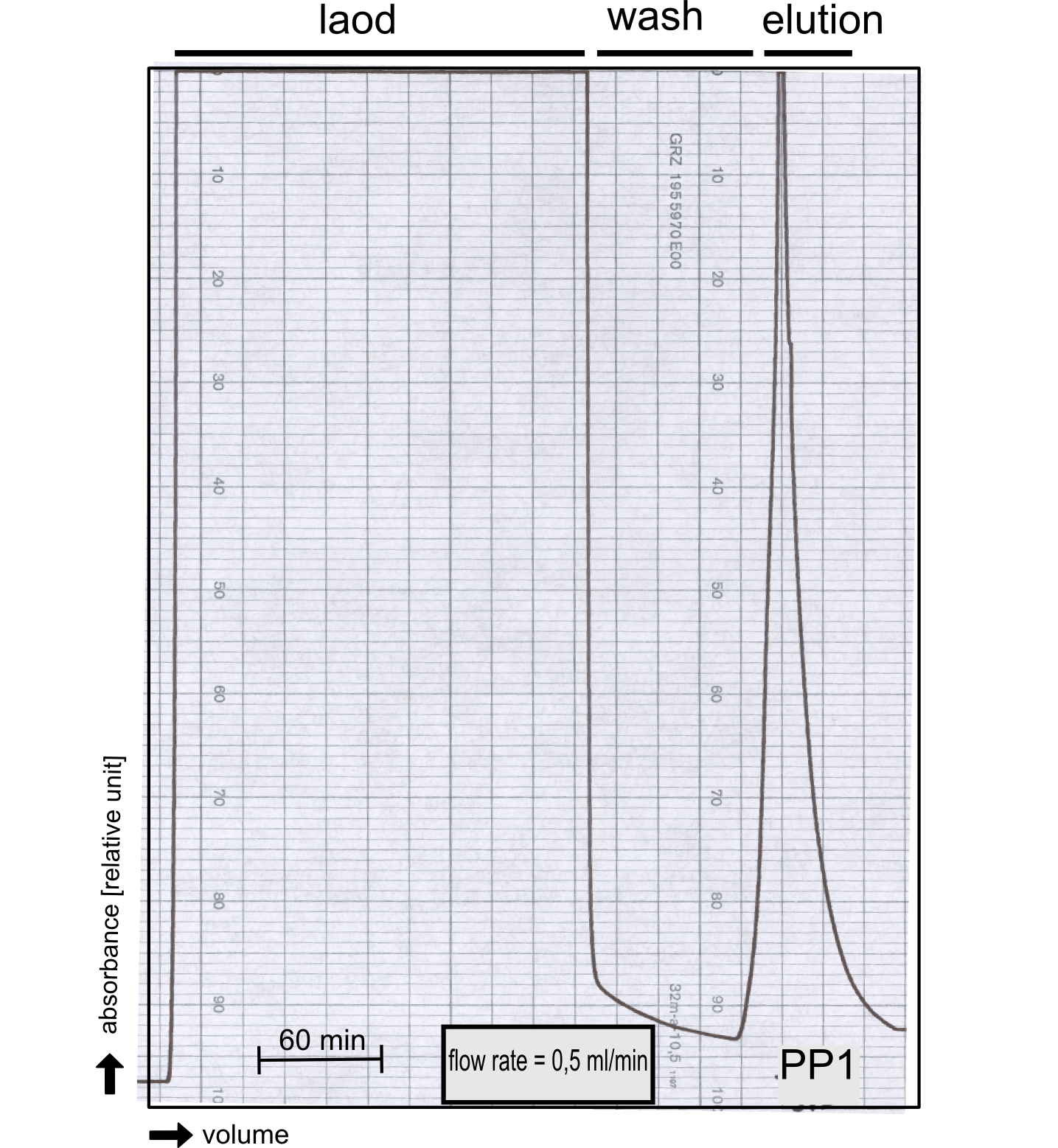
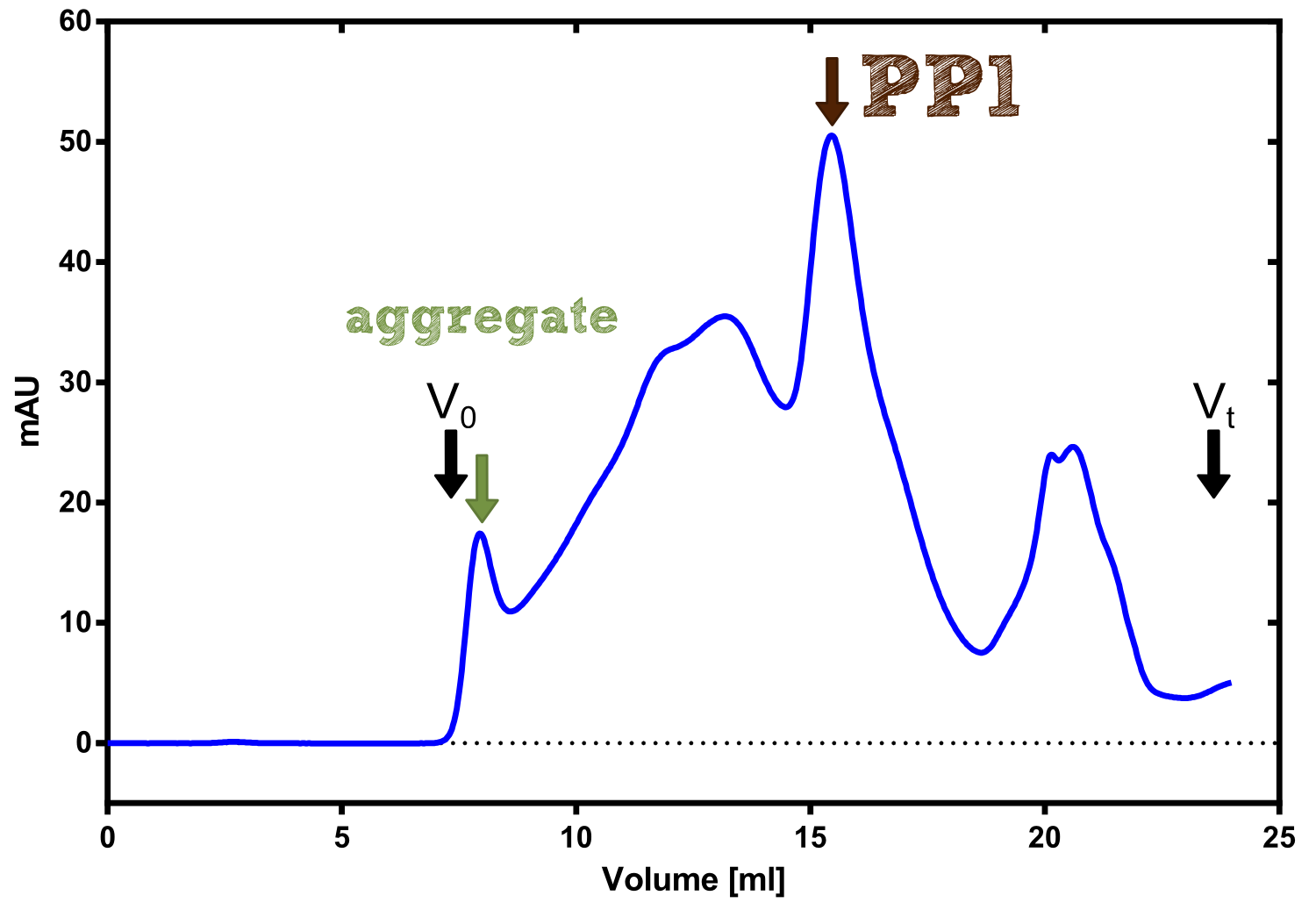
AutoAnnotator:
Follow us:
Address:
iGEM Team TU-Munich
Emil-Erlenmeyer-Forum 5
85354 Freising, Germany
Email: igem@wzw.tum.de
Phone: +49 8161 71-4351